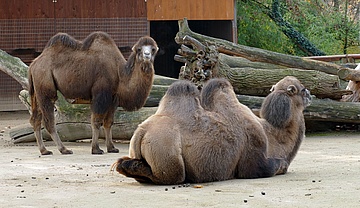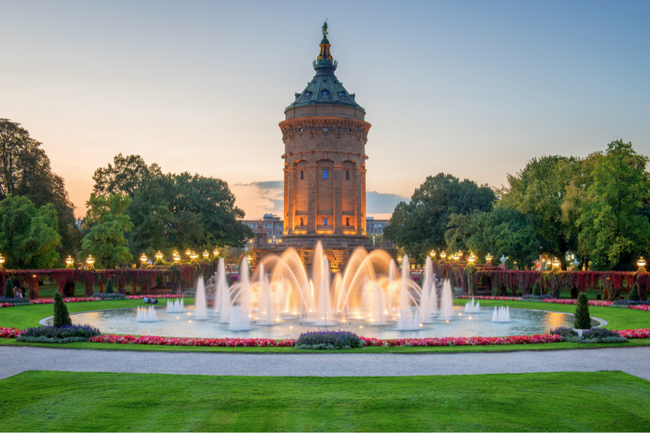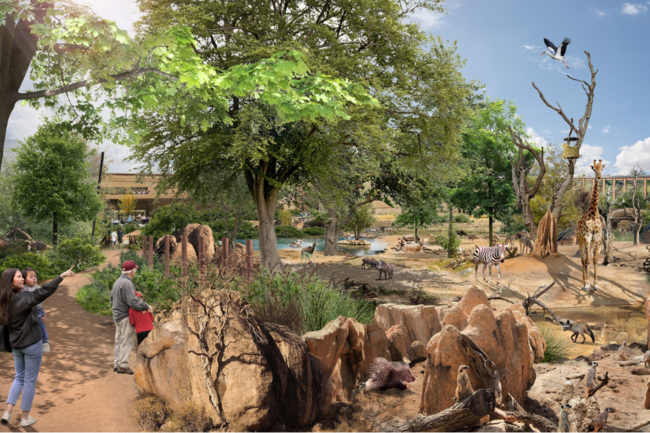The animals at Frankfurt Zoo will not be allowed to receive visitors in the coming weeks. But they are now getting company anyway - in the form of a young male Bactrian camel. Born in April 2019, Cooper came to Frankfurt from the Opel Zoo in Kronberg. He already gets on well with the two female Bactrian camels. Especially Arya, who is just under two years old, frequently makes contact with him. Mare Hira, who is 19 years old, is a little more reserved. No wonder, because at her proud age she is showing signs of old age, which also plague humans - for example arthrosis. For this reason, the ground structure of the facility was also changed in the summer and a large sand bath was installed. The soft ground is easy on the joints.
Trampling animals, which have been at Frankfurt Zoo since 1858, play an important role in the zoo's educational work because of their physiological characteristics. However, the zoo has no plans to breed the non-endangered domestic species. The 1950s facility is not suitable for keeping a larger group.
Worth knowing about Bactrian camels
Bactrian camels (Camelus bactrianus) are among the cloven-hoofed animals and within this order belong to the camel family (Camelidae). The total population is estimated at over two million, but these are essentially domestic animals. The wild form originates from the dry steppes and semi-deserts of Asia and numbers just about 950 individuals; the population trend is downward. The reasons for this are hunting by humans but also changing environmental conditions. In the red list of the World Conservation Union (IUCN), the wild form is therefore classified as "threatened with extinction".













